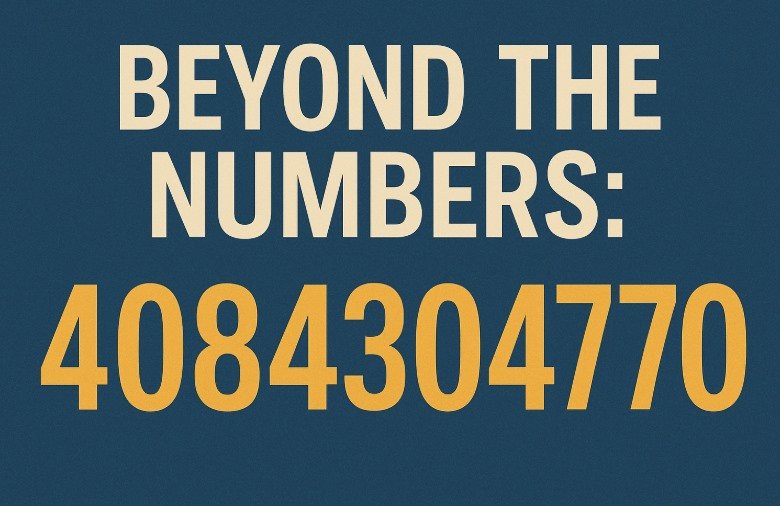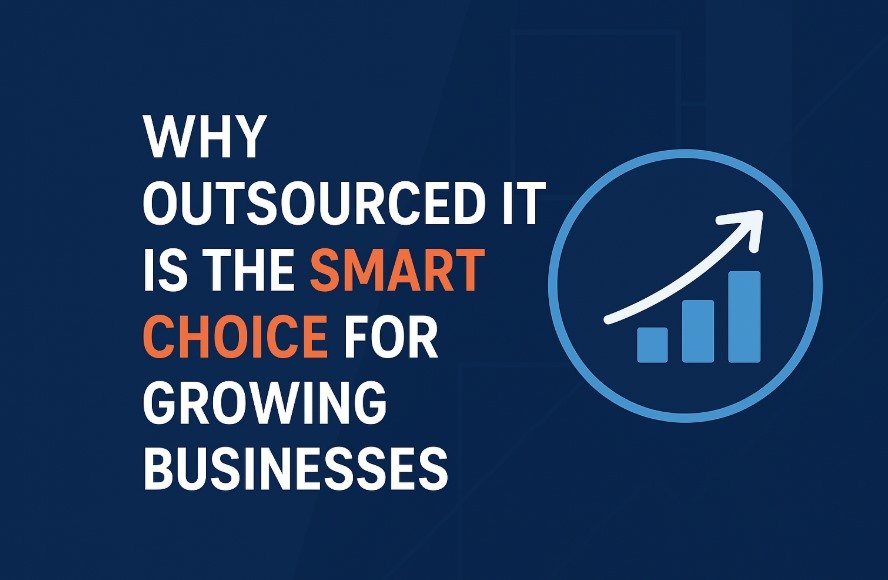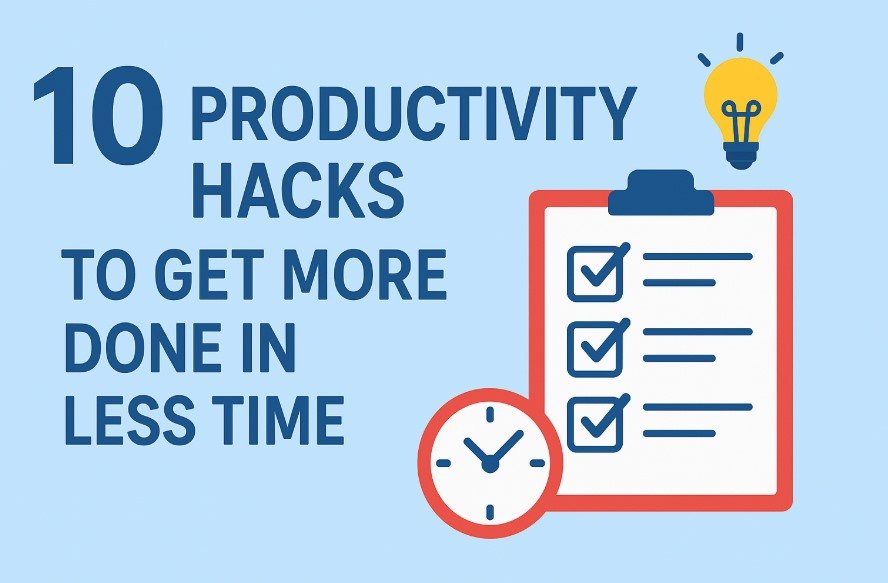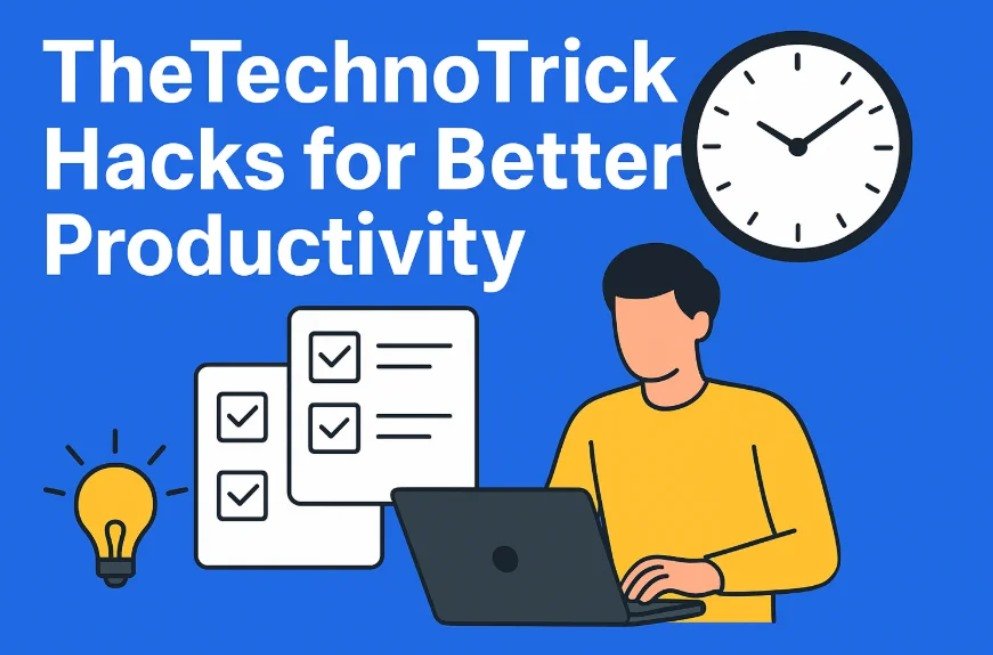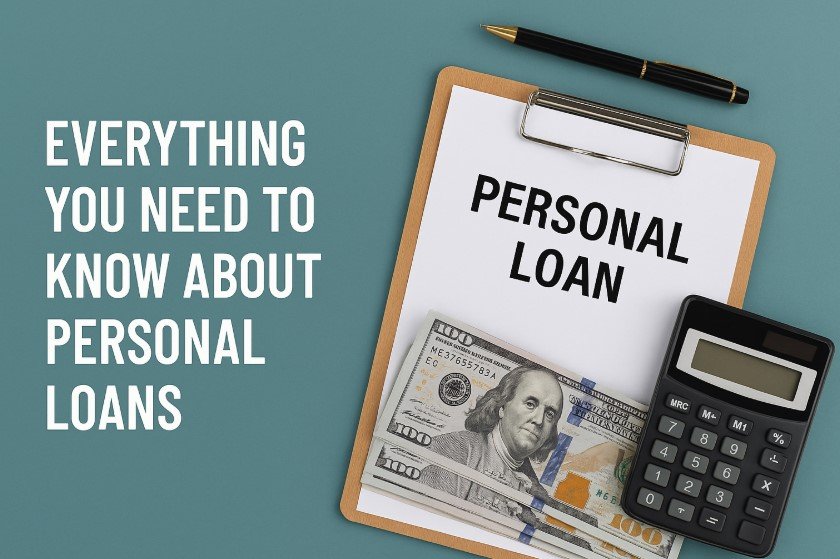
Personal loans are a common financial tool that people use to cover a wide range of expenses. They allow you to borrow a set amount of money from a bank, credit union, or online lender and pay it back in fixed monthly payments over time. These loans can be used for many purposes, such as medical bills, home repairs, education costs, or consolidating existing debt. Because they are usually unsecured, meaning they do not require collateral, lenders rely on your credit history, income, and other factors to decide whether to approve your application. Understanding how personal loans work can help you decide if they are the right choice for your needs. This article explains the basics of personal loans, how to apply, the types available, and what to consider before borrowing.
How Personal Loans Work
A personal loan works as a lump sum of money that you receive upfront and then repay in equal monthly installments over a set period. The repayment term usually ranges from one to seven years. Each payment includes both the principal (the original amount you borrowed) and interest (the cost of borrowing the money). Interest rates can be fixed, meaning they stay the same throughout the loan, or variable, meaning they can change over time.
Key points about how they work:
- You borrow a set amount of money
- You repay it in fixed monthly payments
- Interest is charged on the amount you borrow
- Terms can range from short (12 months) to long (84 months or more)
- Most do not require collateral, making them unsecured loans
Because personal loans are usually unsecured, lenders use your credit score, income level, and employment status to decide your eligibility and interest rate.
Types of Personal Loans
There are several types of personal loans. Each has its own rules and uses, and knowing the differences can help you choose the right one.
- Unsecured personal loans: These are the most common. They do not require you to put up any collateral. Your creditworthiness decides your approval and interest rate.
- Secured personal loans: These require collateral, like a car or savings account. Because the lender has security, interest rates can be lower.
- Debt consolidation loans: These are used to combine multiple debts into one loan with a single monthly payment. This can make it easier to manage your debt.
- Co-signed loans: These involve another person who agrees to be responsible for the loan if you do not pay. They can help you get approved if your credit is weak.
- Fixed-rate loans: The interest stays the same throughout the life of the loan, which makes payments predictable.
- Variable-rate loans: The interest can change based on market conditions, which means your monthly payment could go up or down over time.
Choosing the right type depends on your financial situation, risk tolerance, and how you plan to use the loan.
How to Apply for a Personal Loan
Applying for a personal loan involves a few clear steps. Preparing your documents and understanding the process can increase your chances of approval and help you get better terms.
Steps to apply:
- Check your credit score: Your score affects your interest rate and approval chances. Request a free credit report and review it for errors.
- Compare lenders: Look at banks, credit unions, and online lenders. Compare interest rates, fees, and terms.
- Prequalify if possible: Some lenders let you check what rates you might get without affecting your credit score.
- Gather documents: These may include proof of income (like pay stubs), proof of identity, and details about your existing debts.
- Submit your application: Fill out the form online or in person and submit your documents.
- Review the loan offer: If approved, carefully read the terms before accepting.
Completing these steps carefully can help you secure a loan with better rates and terms.
Understanding Interest Rates and Fees
Interest rates are one of the most important parts of a personal loan. They decide how much extra you pay over the life of the loan. Rates are usually based on your credit score, income, loan amount, and term length. People with higher credit scores often get lower interest rates because they are seen as lower risk. In addition to interest, personal loans can include fees that increase the overall cost. Understanding these charges helps you avoid surprises.
Common fees include:
- Origination fee: A one-time fee the lender charges for processing the loan, often between 1% and 8% of the loan amount.
- Late payment fee: Charged if you miss a payment or pay after the due date.
- Prepayment penalty: Some lenders charge this if you pay off the loan early.
- NSF fee: A fee if your payment bounces because of insufficient funds.
Always read the loan agreement to check if these fees apply. Calculate the annual percentage rate (APR), which includes both interest and fees, to see the total cost of the loan.
Pros and Cons of Personal Loans
Personal loans can be helpful, but they are not the right choice for every situation. It is important to weigh the benefits and drawbacks before applying.
Pros:
- Fixed monthly payments make budgeting easier
- Can be used for almost any purpose
- Often lower interest than credit cards
- No collateral needed for unsecured loans
- Can help build your credit if you pay on time
Cons:
- May have higher interest if your credit is low
- Fees can increase the overall cost
- Missing payments can harm your credit score
- Some loans include prepayment penalties
- Taking on debt can lead to financial strain if not managed well
Considering these points can help you decide if a personal loan fits your current financial needs.
What to Consider Before Borrowing
Before taking a personal loan, you should assess your financial situation and make sure you can manage the payments. Borrowing money is a serious decision and needs careful planning.
Things to consider:
- Your budget: Calculate if you can afford the monthly payments along with your other expenses.
- Your credit score: A higher score can get you better interest rates, saving you money over time.
- Your debt-to-income ratio: Lenders look at how much debt you already have compared to your income. A high ratio can reduce your approval chances.
- Your purpose: Make sure the reason for the loan is necessary and worth the cost of interest.
- Other options: Check if alternatives like saving up, using a 0% credit card offer, or borrowing from family are safer options.
Doing this preparation can prevent financial stress later.
Tips for Managing a Personal Loan
Once you get a personal loan, managing it properly helps protect your credit and avoid extra costs.
Helpful tips:
- Set up automatic payments to avoid missing due dates
- Keep track of your balance and payment schedule
- Try to pay more than the minimum if there are no prepayment penalties
- Contact your lender early if you expect payment issues
- Avoid taking new debt while you are still repaying the loan
Responsible management keeps your loan under control and improves your credit history over time.
Conclusion
Personal loans can be useful financial tools when used carefully. They offer a way to cover important expenses, consolidate debt, or handle unexpected costs while making fixed monthly payments. However, they also come with interest and fees that must be planned for. Before borrowing, it is important to understand how personal loans work, the different types available, the application process, and the risks involved. Always compare lenders, read the terms carefully, and make sure the payments fit your budget. If managed well, a personal loan can help you reach your goals while maintaining financial stability. The key is to borrow only what you need and to have a clear plan to repay it on time.






